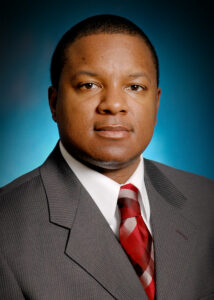Budget crunchers used to view human performance equipment as a luxury item only big programs could purchase. The needs of one program weren’t the same as the wants of another. However, there are a number of smaller programs across the country that are debunking that myth by embracing modern technology’s benefits now.
It’s simple: smaller cross country and track and field programs have the same basic needs as Power 5 schools to be successful: increase running volume and stay healthy. Boost Treadmills, an air pressure machine built on a Woodway 4Front platform, has comprehensively proven to be reliable and cost-effective.
SAGINAW VALLEY STATE UNIVERSITY

Following a six-year drought, a single semester after purchasing two Boost Treadmills, Saginaw Valley State’s women’s cross country program qualified for nationals. “It has allowed us to mix up our training: land vs. machine. It has improved our program because it alleviates loss of training time due to injuries,” said SVSU head coach Rod Cowan, in his 11th year at the helm.
CEDARVILLE

In his 28th year at Cedarville, head coach Paul Orchard points to the number of options the Boost Treadmill provides his runners. Purchased three year ago by tapping into fundraising dollars, the machine is used by a number ofteams. “For an athlete who may be experiencing shin splints, it has allowed them a way to get a great running workout aerobically. In the winter, it has kept athletes off the asphalt and concrete when the course and trails may not be available due to snow and ice. During those months, we typically expect a person to use it for at least an hour to get the aerobic benefit of a long run.”
HOPE COLLEGE
Hope College uses its Boost Treadmill to conduct research as well as training. In his 33rd year, head cross country coach Mark Northuis also serves as a

Professor of Kinesiology. Under Northuis’ guidance, in the last year a study was done examining the physiological responses of distance runners performing maximal graded exercise tests at varying percentages of their body mass using the Boost Treadmill. “This study has allowed us to understand training equivalents at the different workloads and apply this knowledge to training our athletes. We are also developing rehabilitation protocols/best practices for various injuries based on it,” added Northuis.
Northuis has a list of runners that have demonstrated strong improvements because they were able to train harder and longer on the Boost. Hope College’s winter isn’t to be toyed with on the snowy side of Lake Michigan. “We average 90 inches of snowfall a year. Having Boost available during the cold months allows us to maintain a high level of fitness without worrying about slipping outside,” added Northuis.
When it’s sub-zero and icy out, Cowan schedules a full day of workouts on the Boost Treadmills because nothing beats a long run in January in shorts and a t-shirt in northern Michigan.

